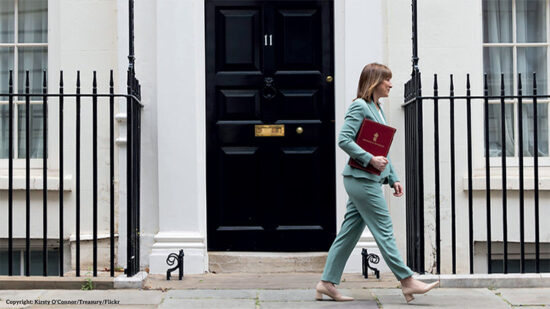Peter is the principal partner in a dental practice dentist aged 45 and in good health. His earnings have averaged approximately £275,000 ($347,000, €323,518) per annum over the past five years.
He has a self-invested personal pension (Sipp) invested in a range of mutual funds valued at £695,000 and into which he contributes the maximum annual allowance for his level of earnings of £10,000.
Peter is the beneficiary of an offshore trust which owns, among other assets, five residential properties in Cheshire with a combined market value of £1.85m and let on market terms. These were acquired in the run up to the financial crisis at a combined cost of £2.25m with borrowing from three different banks of £500,000.
Peter recently acquired in his own name two residential properties in the same area with a combined value of £750,000 using borrowing of £500,000. These too are let on market terms. He also owns the building from which he runs his dental practice and that is valued, net of borrowing, at £1.2m and provides further income to Peter of £58,000 per annum.
He has two children from his first marriage aged 11 and 10, both privately educated, and two from his second marriage aged two and four. His current plan is to retire from the practice at 55.
Planning Considerations
Peter’s existing pension may well reach the lifetime allowance (LTA) before he retires and the maximum income will not provide him with anywhere near a replacement for his earnings in retirement.
All four children will be still in full-time education which he will need to fund after retirement, as well as his own lifestyle which he wants to maintain. He is also justifiably concerned that if he dies either before or soon after his planned retirement that his children’s education can continue uninterrupted and his wife’s standard of living is maintained.
As a result, he would like minimum exposure to IHT. Peter believes the residential property market in his local area will pick up in the next 10 years which will increase his estate considerably from both within and outside of his trust.
CGT
The introduction of the non-resident CGT charge has also increased Peter’s exposure to CGT within the offshore trust to an improving residential property market.








